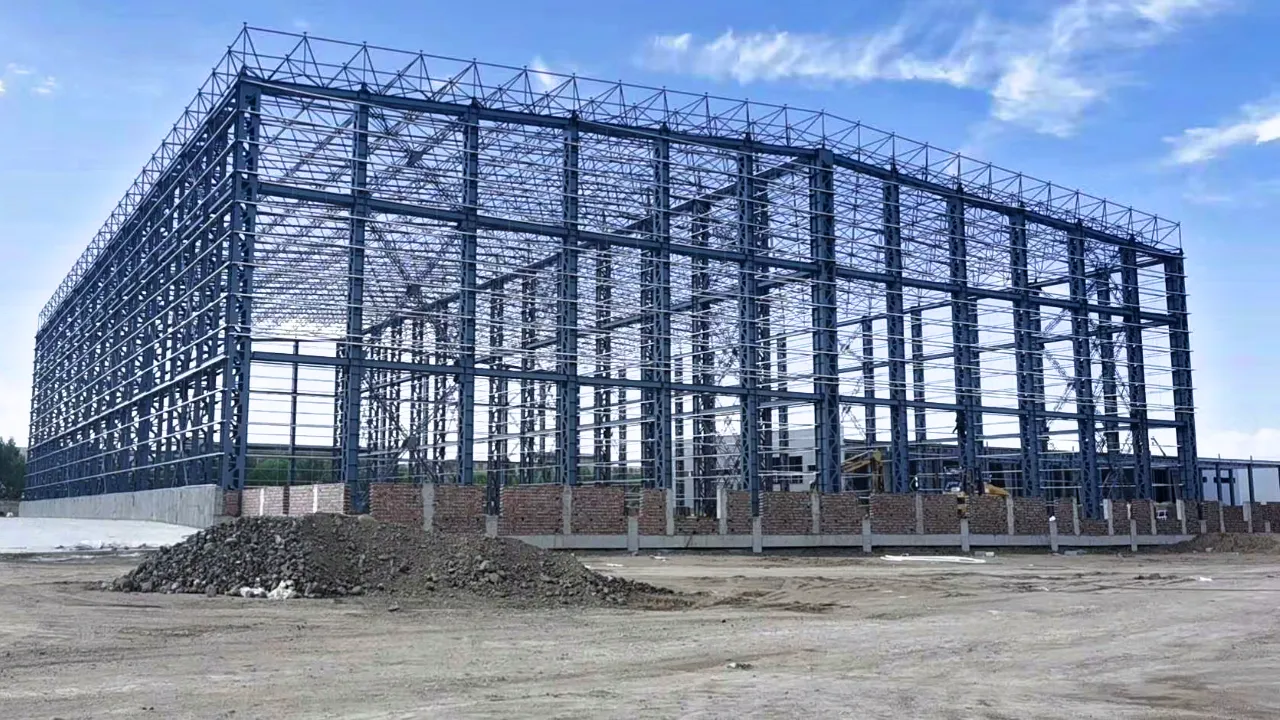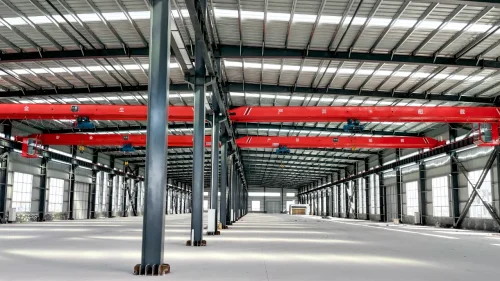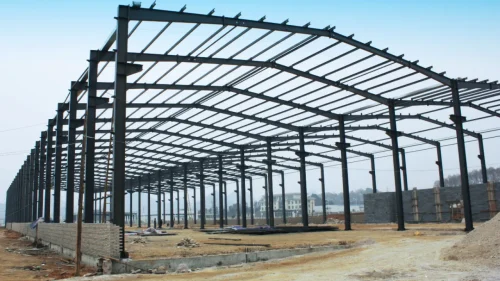In steel building systems — especially pre-engineered buildings (PEB) or large-span steel structures — primary framing components are the main load-bearing members that carry and transfer loads (dead load, live load, wind, seismic) to the foundation.
Main Primary Framing Components
|
Component |
Description |
Function |
|---|---|---|
|
Main Frame (Rigid Frame) |
Includes columns and rafters made from hot-rolled or welded H-sections. |
Forms the building’s skeleton; resists vertical and lateral loads. |
|
Columns |
Vertical primary members (tapered or straight). |
Transfer roof and sidewall loads to foundation. |
|
Rafters |
Sloped horizontal members connecting the tops of columns. |
Carry roof loads to columns. |
|
Eave Struts |
Horizontal members at the eave line, sometimes considered secondary but can be part of the primary frame in certain designs. |
Connect wall and roof systems, help transfer loads. |
|
Girts & Purlins (Secondary) |
Not part of primary load-bearing frame but support cladding. |
Distribute loads to primary members. |
Typical Types of Primary Frames
-
Clear Span Rigid Frame → No interior columns; wide open space.
-
Multi-Span Rigid Frame → Interior columns to support very large spans.
-
Single Slope Rigid Frame → One side higher than the other for drainage.
-
Tapered Beam Frame → For small to medium span buildings.
-
Lean-To Frame → Attached to main frame for additional space.
Characteristics
-
Material: Commonly welded H-section steel (Q355B, ASTM A572 Gr.50, etc.).
-
Connections: Bolted at site, welded in factory.
-
Surface Treatment: Painted or galvanized to prevent corrosion.
Load Path
-
Roof & wall cladding transfer loads →
-
Secondary members (purlins, girts) →
-
Primary framing (rafters, columns) →
-
Anchor bolts & foundation → ground.




